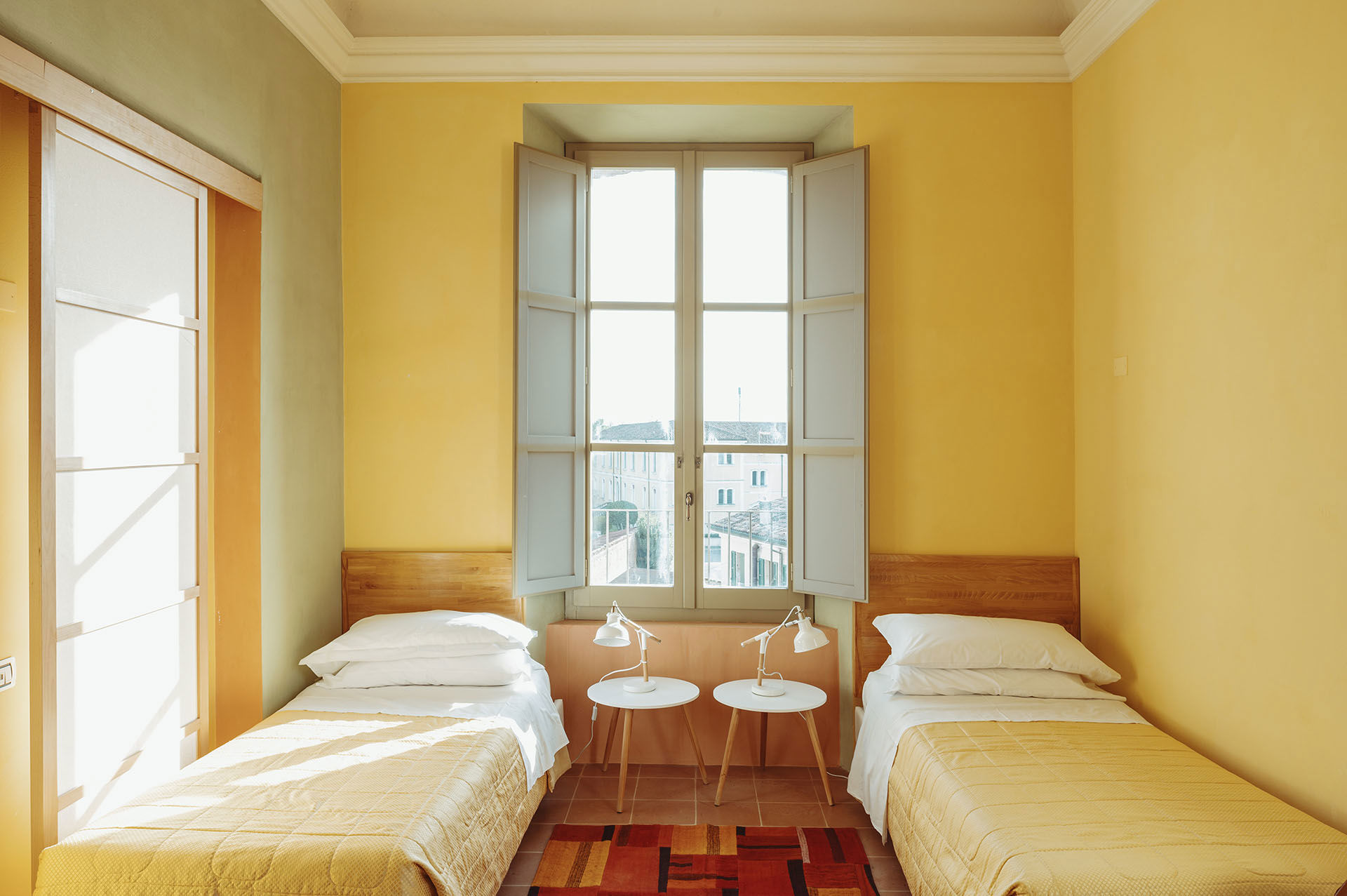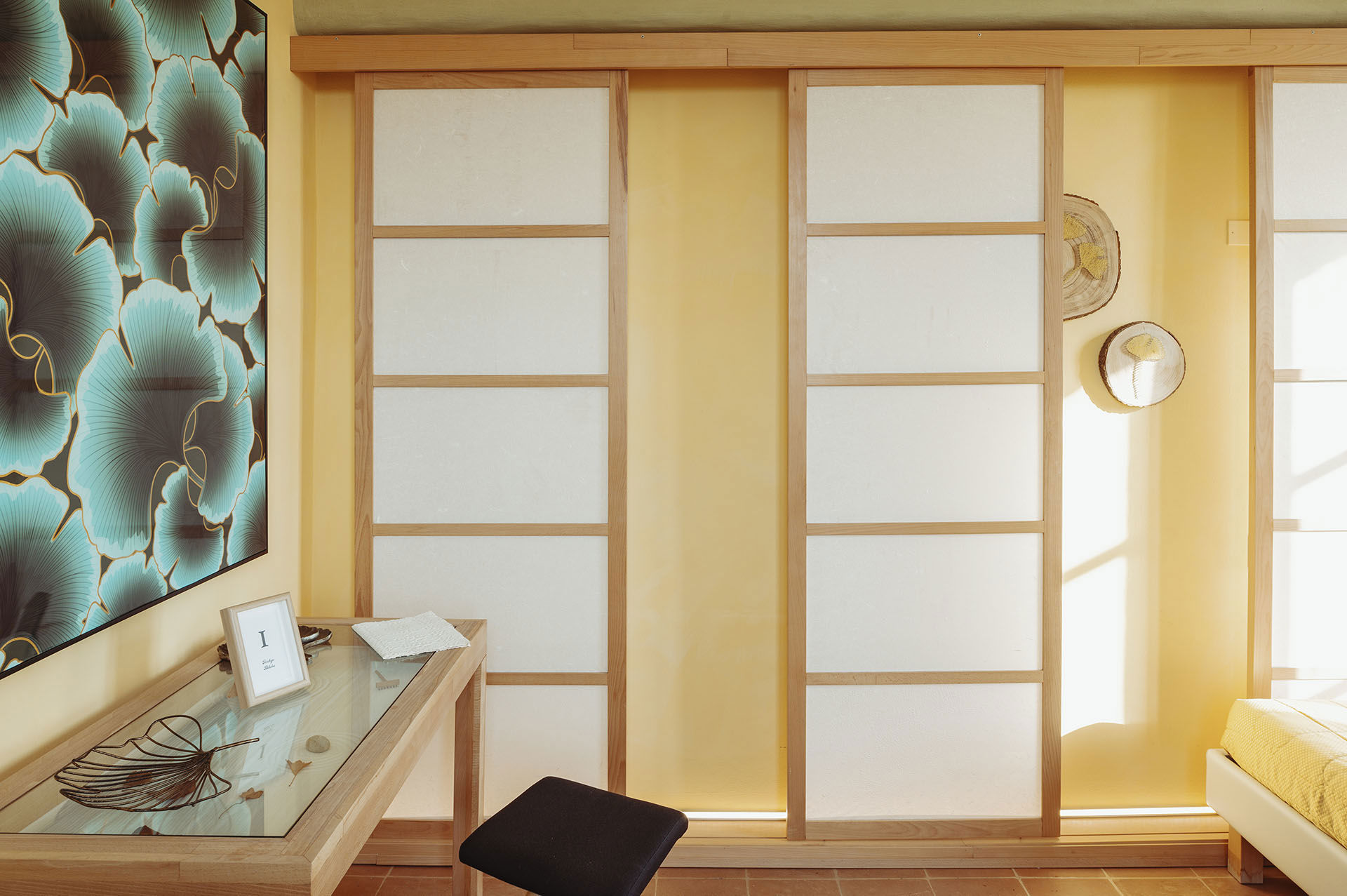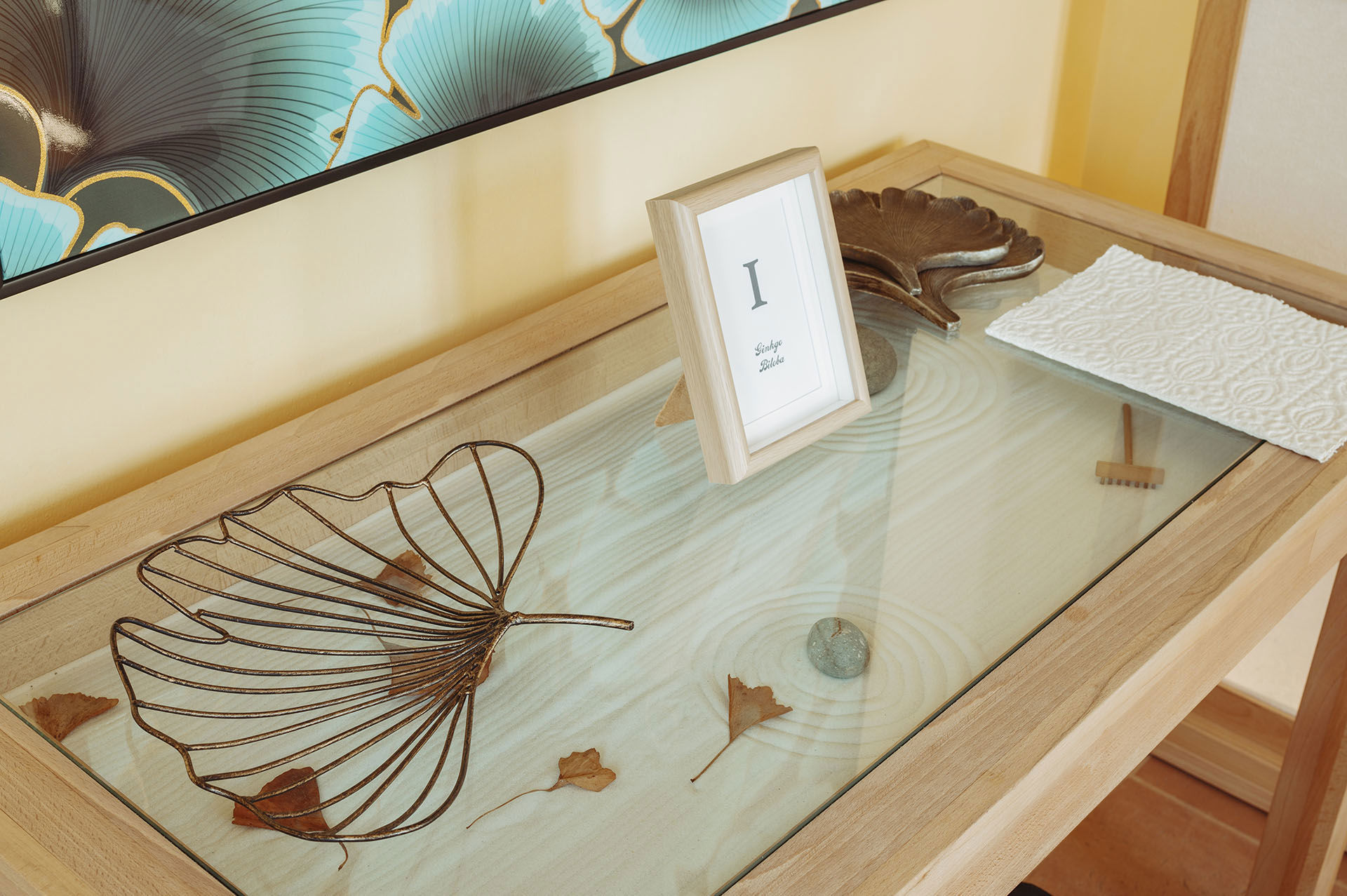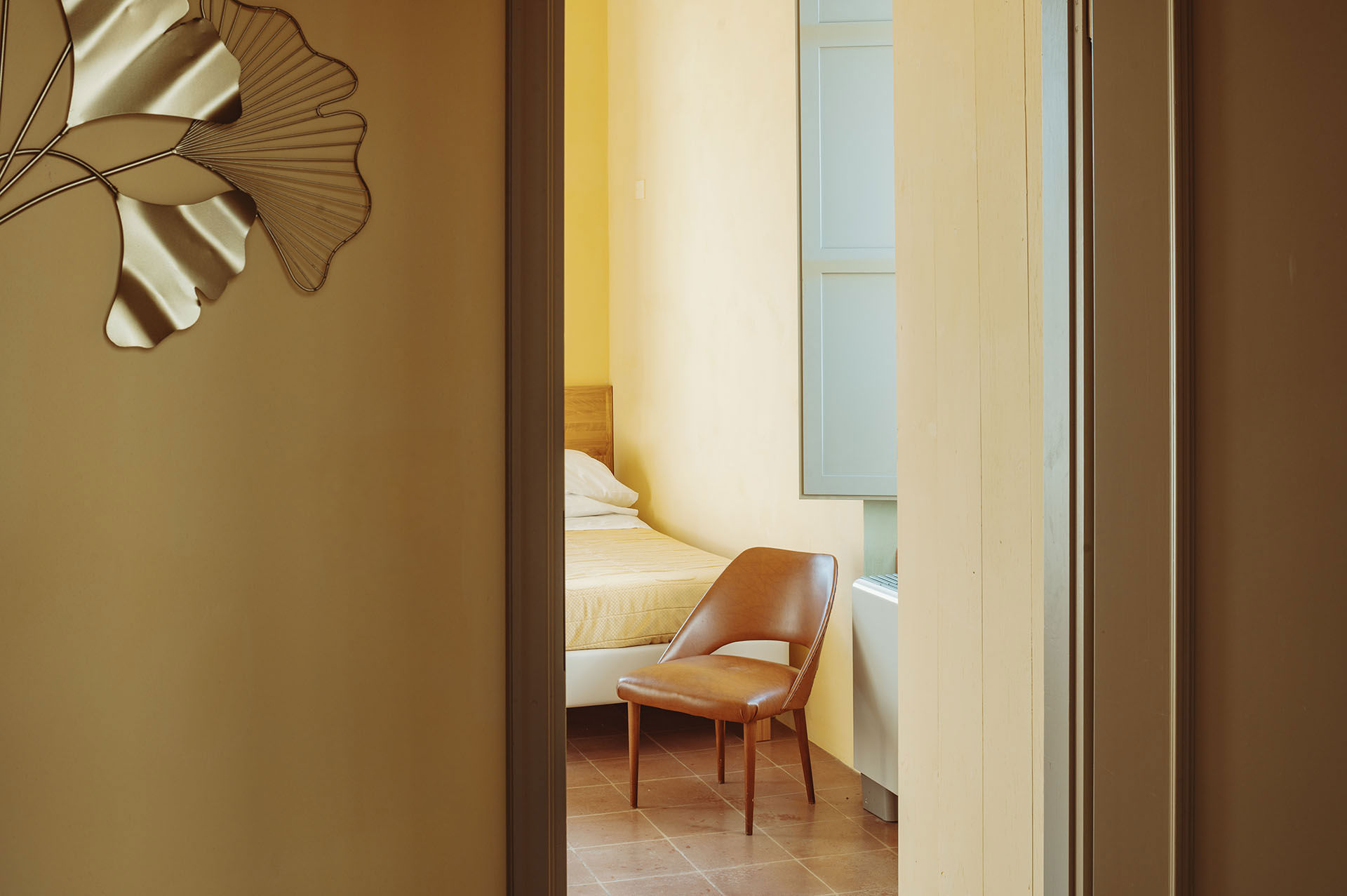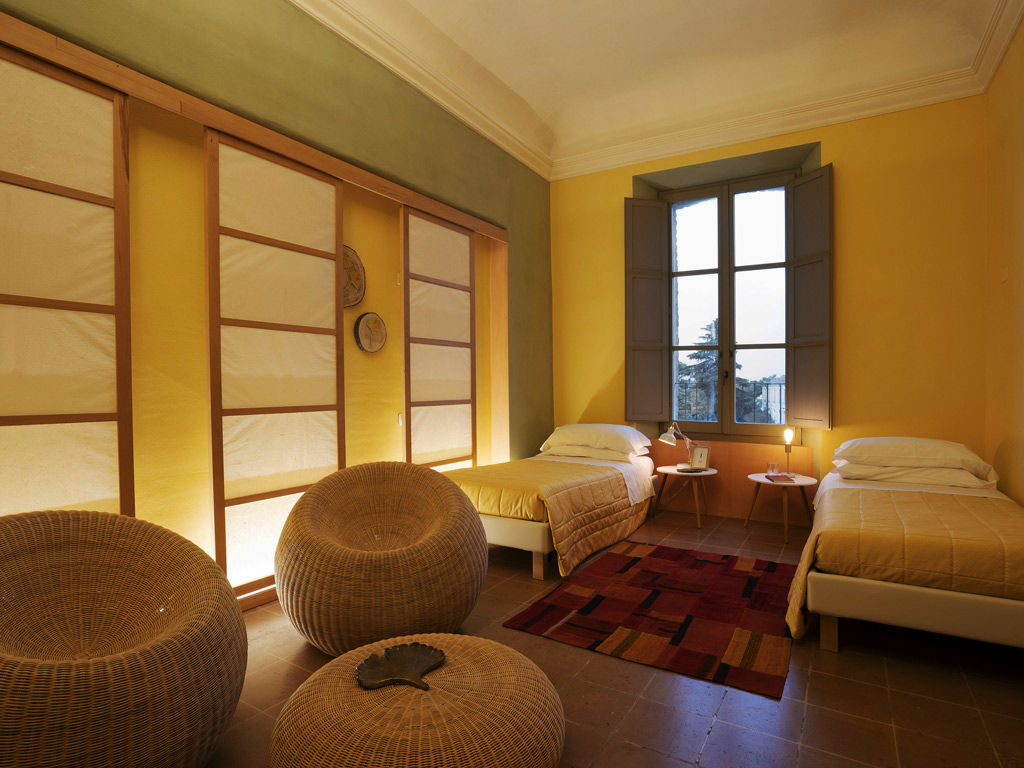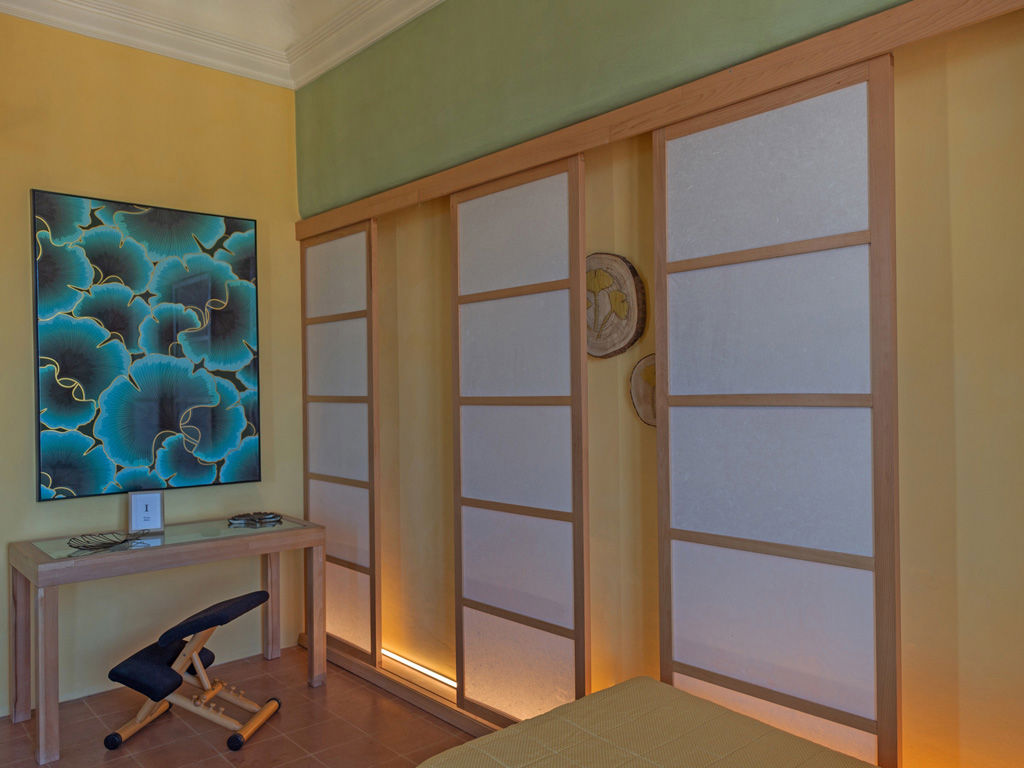Ginkgo Biloba
This tree’s leaf, which, from the Orient, Is entrusted to my garden, Lets us savor a secret meaning ...
"...
As to how it edifies the learned man.
Is it one living being
That divides itself into itself ?
Are there two who have chosen each other,
So that they are known as one?
To reply to such a question I found, I think, the condign sense.
Do you not feel that in my poems I am single and twofold?”
("Ginkgo” by J.W. von Goethe translated by Kenneth J. Northcott, in Siegfried Unseld, Goethe and the Ginkgo, p. 43)
Ginkgo Biloba is a very ancient tree. It’s origins have been traced back to 250 million years ago although it was introduced to Europe only in 1730, initially and mainly as part of botanical gardens and monastery cloisters.
The tree originally comes from China and it is the symbol of the city of Tokyo, the capital of Japan. An exemplary of this tall and slim, delicate tree can be seen directly at the entrance of the hotel.
From here, you can wonder at the intense and bright yellow and green shades varying on its leaves according to the season. The name of the species (biloba) derives from the latin words bis and lobus referring to the two lobes of its leaves which give them their distinctive fan shape.
Just like the Ginkgo leaf, this room is also split, with two single beds and two windows from where light comes in to restore the original unity.
The pigmented natural lime wash, applied to the walls, brings to mind the seasonal colour changes of the leaves.
In this totally refurbished room, the minimalist style of the beds, furnishings and the oriental-style wooden and rice paper panel on the wall all contribute to create a peaceful and neat atmosphere.
The dim lights shining through the rice paper blend all the colours together and emphasize the harmony and simplicity of the accessories.



